Respiratory tract infection is the most common respiratory disease; Respiratory tract infection is clinically divided into upper respiratory tract infection and lower respiratory tract infection. Upper respiratory tract infection mainly refers to the general term of acute inflammation from the nose to the throat. Lower respiratory tract infection, such as tracheitis and bronchitis, can cause pneumonia in some cases. Pneumonia is often a secondary infection after upper respiratory tract infection. Pneumonia without upper respiratory tract infection is relatively rare clinically.
Common pathogens of respiratory tract infection include bacteria, viruses, mycoplasma, chlamydia, etc; Respiratory tract infection can be caused by one or more pathogenic microorganisms. Common bacterial infections include Staphylococcus aureus, Streptococcus pneumoniae, Haemophilus influenzae, Moraxella catarrhalis, Escherichia coli, Klebsiella pneumoniae, Pseudomonas aeruginosa, Acinetobacter baumannii, etc; Common viral infections include: adenovirus, rhinovirus, respiratory syncytial virus, Coxsackie virus, influenza virus, novel coronavirus, etc; Mycoplasma is a pathogen between bacteria and viruses, which is also easy to invade the respiratory tract and cause infection.
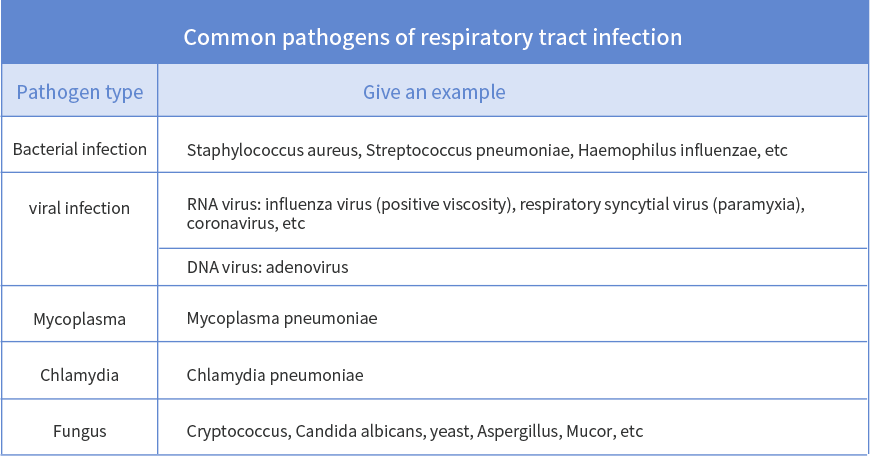
Among them, there are two kinds of virus infection, DNA virus and RNA virus. RNA viruses are more prone to genetic variation than DNA viruses. Most DNA viruses are very stable in structure, and usually only invade special somatic cells or lie in ambush to avoid the inspection of the human immune system. Generally, DNA viruses only infect one animal, with a low incidence rate, such as chickenpox, herpes zoster virus infection and smallpox virus. All DNA viruses are very easy to be deciphered by humans.
RNA viruses, on the other hand, are different. Even if there are errors in the copy process, they do not make changes. Instead, they use the method of accelerated copy to win in the total number. Therefore, the rate of gene variation is very high. All kinds of mutations caused by this way have a strong ability to work in the natural environment of new hosts. They migrate between different hosts and are difficult to track, detect and study. COVID-19 belongs to RNA virus, as well as infectious diseases emerging in recent years, such as influenza A (H1N1), respiratory syndrome virus infection in the Middle East, Ebola virus and "fighting SARS" virus infection, all belong to RNA virus.
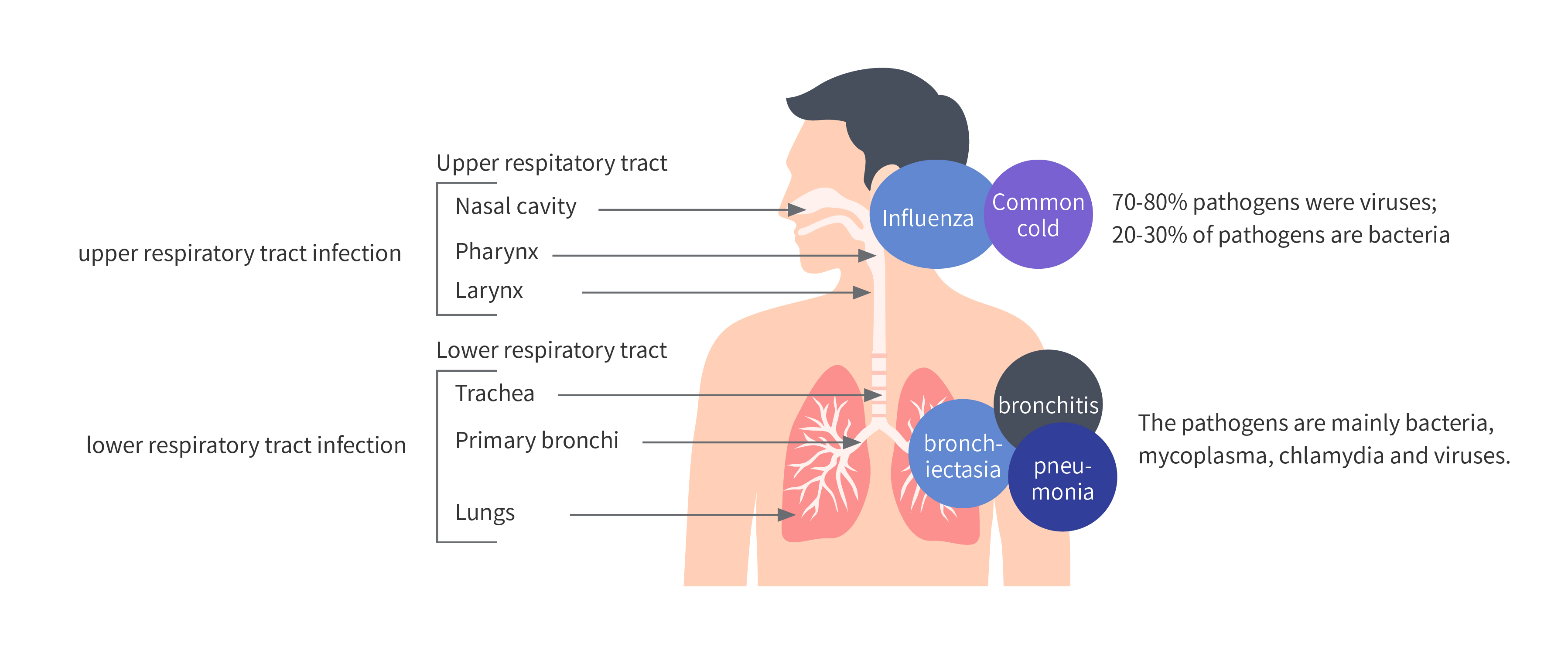
Image source:freepik
About 70% pathogens of upper respiratory tract infection are viruses, and about 30% pathogens are pathogenic bacteria. The pathogens of lower respiratory tract infection were mainly bacteria, mycoplasma, chlamydia and virus; And new future respiratory pathogens are still emerging, such as novel coronavirus 2019 ncov, SARS virus, h7n9 and so on.
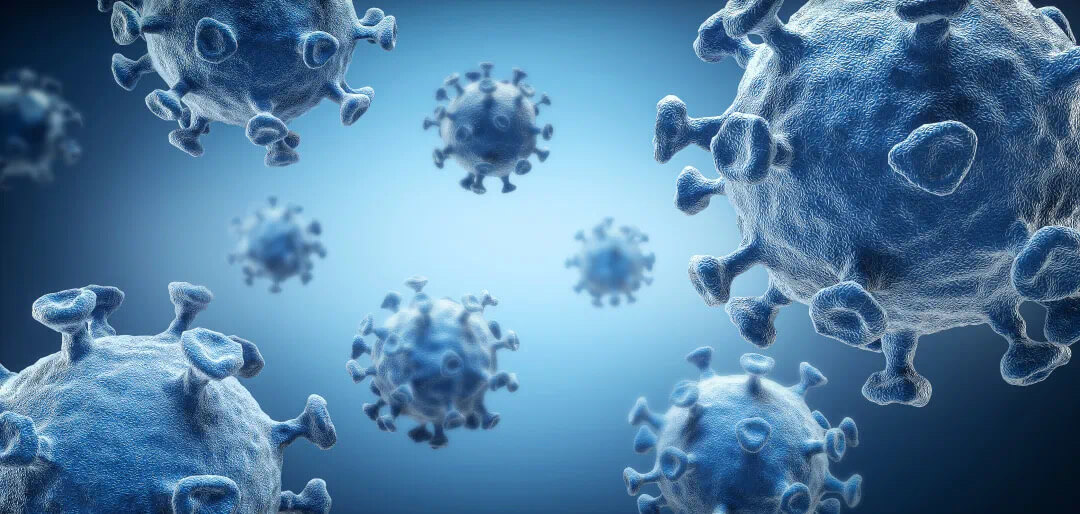
Because of the prevalence of respiratory tract infections, especially the change of seasons and abnormal weather, it is really a test for the health of children and the elderly. A sneeze can easily scare young parents and old lovers; Many medical workers are also worried about the patients coming from this period. They not only need high diagnostic level, but also need quick and accurate test reports as clinical medication guidance; Domestic POCT products with portable intelligence, simple operation, short reporting time and simple site requirements have become market demands.
In order to meet the need to fully cover the detection of respiratory pathogens, realize the flexibility of the laboratory's self targeting, and avoid the restrictions of the PCR experimental sites in grass-roots institutions and resource poor areas, some young microfluidic technology entrepreneurial teams, such as Digifluidic Bio-tech Co., Ltd. We will bring high and new technology into the rapid and timely diagnostic equipment to produce affordable POCT products that meet the market demand.
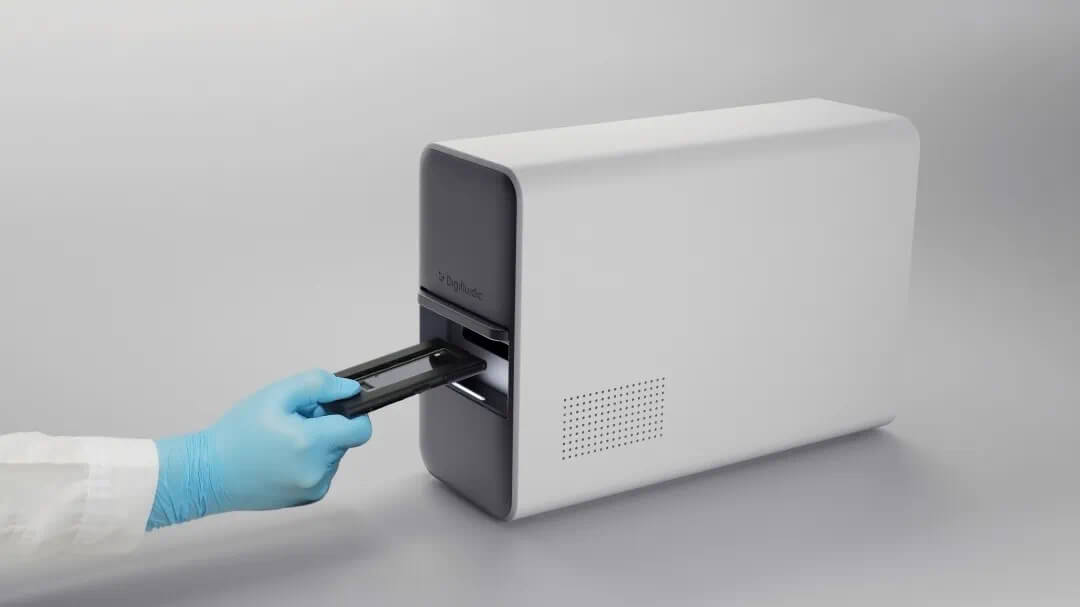
Vhunter S rapid nucleic acid detector
The clinical symptoms caused by respiratory pathogens are very similar, so accurate detection of respiratory infection is usually very challenging. Due to the complexity and diversity of pathogenic microorganisms, the current detection of respiratory pathogens is usually based on specific carbohydrate protein and nucleic acid genes of pathogens.
At present, common detection methods for respiratory pathogens in hospitals include:
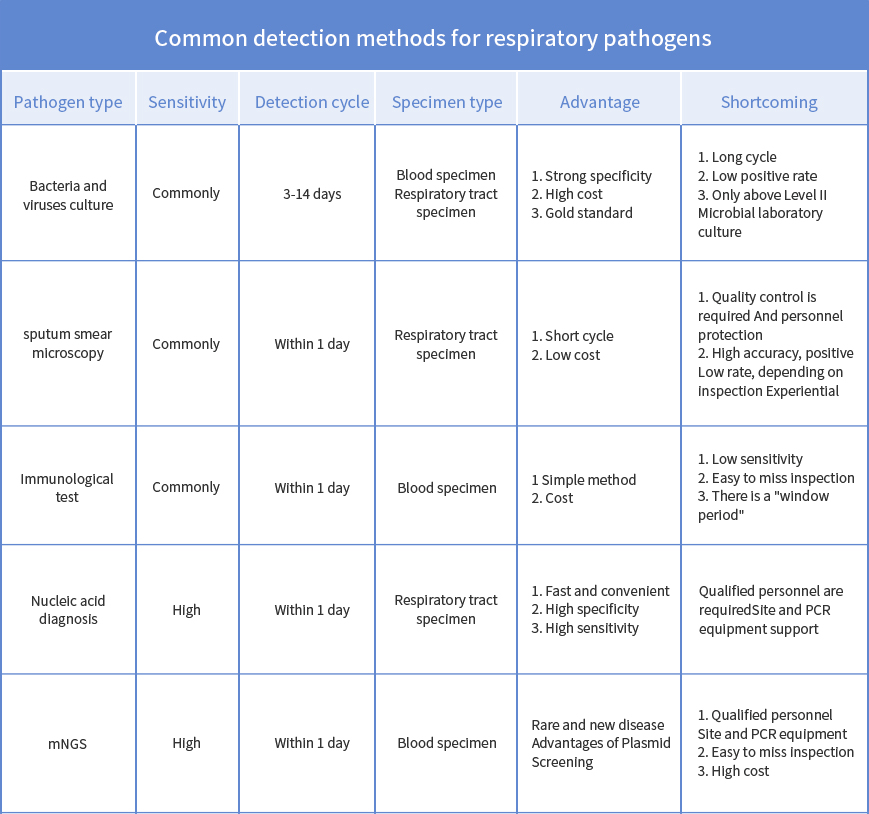
At present, the current application of portable molecular diagnostic products mainly focuses on virus detection (respiratory virus, HIV, Covid-19) and bacteria and drug resistance detection (Mycobacterium tuberculosis and rifampicin resistant, multi resistant bacteria).
Comparison of various products

With the rapid development of rapid microbial molecular detection technology, the market has gradually increased its requirements for products. Whether it emphasizes fast and efficient or high-throughput multi target, there will be many challenges in cost control and quality control. However, with the continuous development of rapid and portable diagnostic technology products, the clinical application prospects will certainly be broader.
